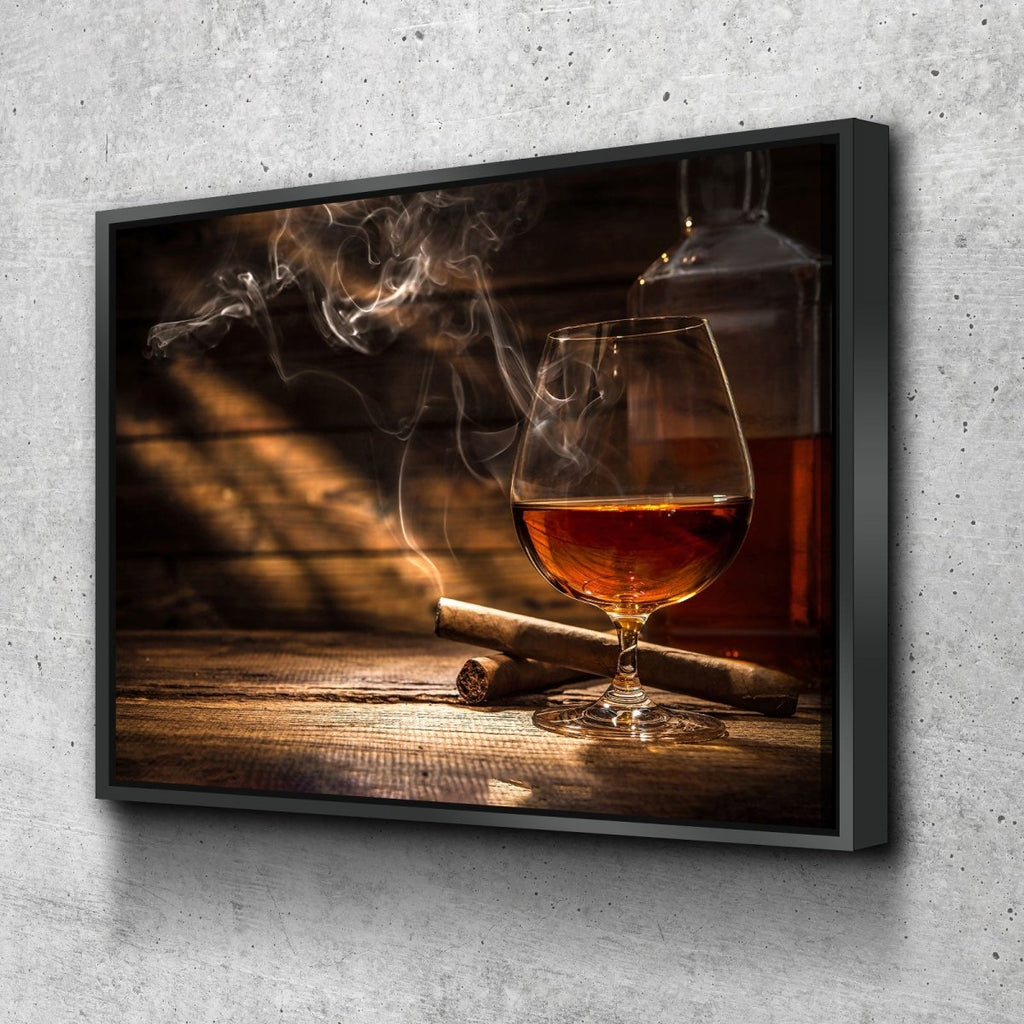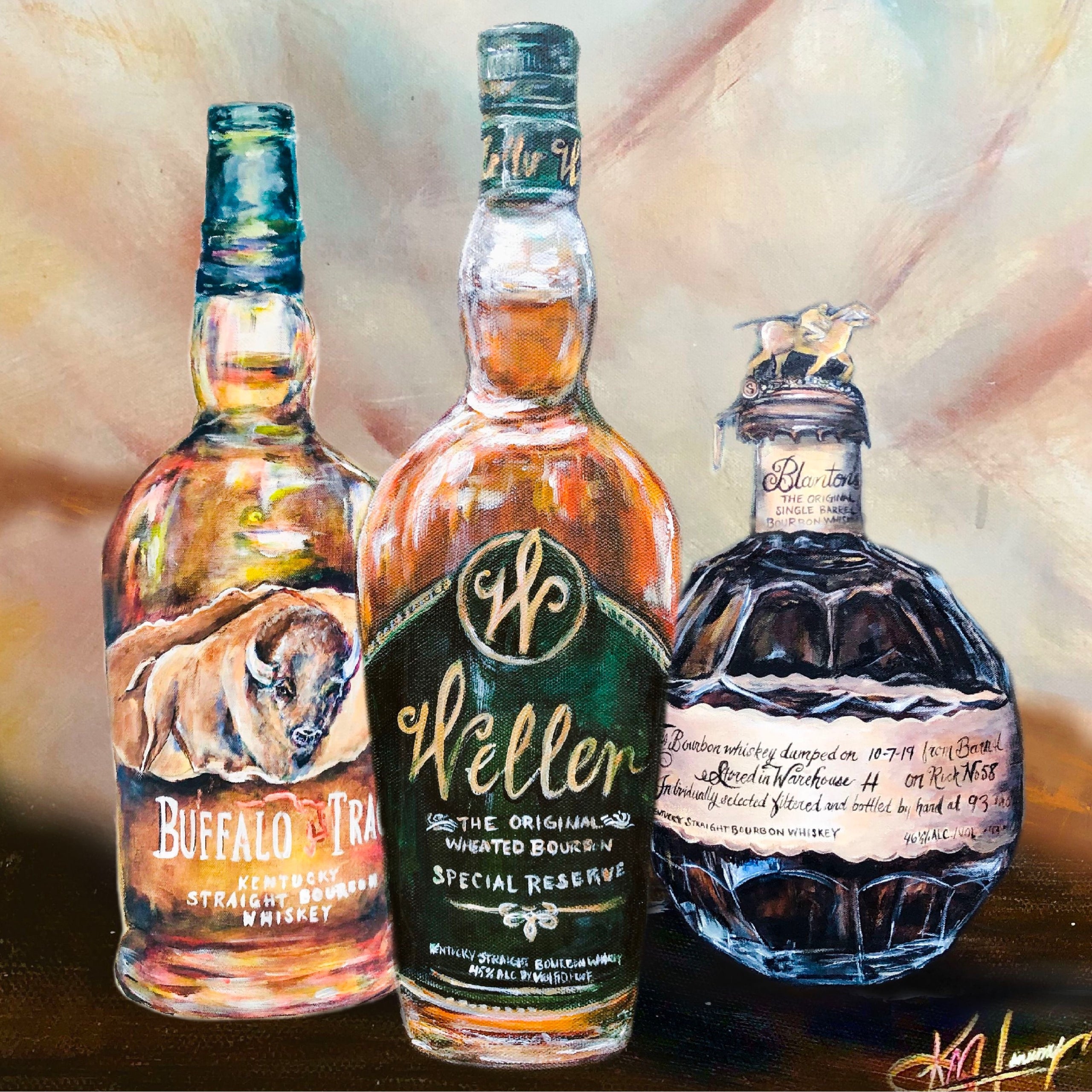Whiskey Art: Capturing the Essence of Distillation in Every Brushstroke
Whiskey Art: Capturing the Essence of Distillation in Every Brushstroke
Blog Article
The Value of Whiskey Art in Celebrating Heritage and Craftsmanship in the Beverage Sector
The elaborate relationship in between scotch art and the party of heritage and workmanship within the beverage sector can not be overemphasized. Through thoughtfully created bottles and labels, bourbon brands encapsulate their historical origins and the artisanal skills that specify their production techniques. This artistic measurement not just improves market allure however likewise functions as a conduit for cultural storytelling, fostering a deeper connection in between the customer and the craft. As we discover the different aspects of this topic, appealing inquiries regarding the influence of contemporary trends on standard practices develop, motivating additional exam.
The Historical Origins of Whiskey
At the heart of bourbon's appeal lies an abundant tapestry of historic origins that trace back to old human beings. The origins of whiskey can be connected to the purification techniques of the Sumerians and Babylonians around 2000 BCE, where very early types of fermented grain beverages began to emerge. Nonetheless, it remained in the Middle Ages that the art of distillation progressed substantially, particularly in Ireland and Scotland, bring about the creation of bourbon as we understand it today.
The term "scotch" itself obtains from the Gaelic word "uisce beatha," suggesting "water of life." This expression underscores the cultural value of bourbon in Celtic societies, where it was commonly related to routines, celebrations, and communal bonding. By the 15th century, distillation became an acknowledged craft within monastic communities, leading the way for the facility of legal distilleries.
As profession routes expanded, bourbon's appeal expanded, transcending local boundaries and catching the interest of lovers worldwide. Whiskey Art. This historical journey mirrors not only the craftsmanship behind whiskey production yet likewise its indispensable role in cultural and social contexts, marking it as a substantial beverage throughout background
Artistic Expression in Branding
Bourbon branding stands as an engaging intersection of creativity and commerce, where visual identity plays an essential function fit consumer understanding. The aesthetic appeals of whiskey labels, product packaging, and marketing materials reflect not just the brand name's tale yet also its core values and heritage. With artistic expression, distilleries convey a story that resonates with customers, evoking emotions and sparking connections.
The use of color, typography, and images in branding offers to set apart products in a saturated market. Traditional concepts may stimulate a feeling of credibility and workmanship, while contemporary designs can represent development and forward-thinking. This critical imaginative instructions improves brand name recognition and commitment, permitting consumers to build a personal relationship with the whiskey they choose.
Additionally, imaginative expression in branding frequently functions as a party of regional heritage. Distilleries often integrate neighborhood signs or historic references right into their layouts, creating a feeling of location that invites customers to take part in a more comprehensive cultural experience. Ultimately, the artistry behind bourbon branding not only boosts aesthetic charm but likewise enhances the total story of the brand name, cultivating a deeper recognition for the craftsmanship and heritage embedded in each container.
Craftsmanship in Bottle Design
The artistry apparent in bourbon branding expands beyond visual identification to encompass the workmanship associated with container layout. Each container functions as a vessel not just for the spirit within, however also for the tale it outlines its origin, custom, and quality. The layout process calls for careful attention to information, as aspects such as product, closure, and shape add substantially to the total perception site of the whiskey.
Workmanship in container design involves selecting top notch glass that can improve the whiskey's shade and clarity, while also offering a tactile experience for the consumer. The silhouette of the bottle need to be both cosmetically enticing and practical, usually mirroring the heritage of the brand name. Many distilleries select unique shapes or printed logo designs that evoke a sense of credibility and background.
Furthermore, the label layout and typography play an essential duty in connecting the brand's story. Limited Edition. A well-crafted container not just captivates the consumer's eye yet additionally enhances the brand name's commitment to top quality and tradition. This way, the craftsmanship of container design comes to be a vital aspect of the bourbon experience, merging creativity with a profound regard for heritage
Social Value of Whiskey Art
Celebrating practice and workmanship, the cultural importance of bourbon art goes beyond mere visual appeals, intertwining with the historical and social narratives of the regions from which it originates. Each container acts as a canvas, portraying the unique tales, folklore, and practices that have actually formed neighborhood whiskey-making techniques. The complex designs frequently mirror the heritage of the distillers, including symbols and concepts that reverberate with the society and values of their neighborhoods.

Additionally, scotch art plays an important duty in public events and celebrations, serving as a tangible web link between individuals and their shared experiences. By valuing the virtuosity in bourbon packaging, consumers grow a deeper understanding and respect for the craft, eventually enriching their enjoyment of the drink itself.
Modern Trends in Bourbon Presentation
In recent years, the presentation of whiskey has actually evolved to reflect modern preferences and trends while still honoring standard craftsmanship - Whiskey Art. Distilleries are significantly focusing on visual aspects that boost the general drinking experience, bridging the void between heritage and modernity
Cutting-edge bottle designs have actually emerged, typically integrating sustainable products and artistic labels that inform compelling tales. Several brands now team up with regional musicians, instilling their products with unique visual expressions that reverberate with consumers. In addition, limited-edition launches are frequently packaged in collectible containers, adding worth and appeal for connoisseurs.

Verdict
In final thought, bourbon art serves as a vital conduit for expressing the heritage and workmanship inherent in the drink sector. With elaborate branding, ingenious container styles, and culturally significant artistic aspects, whiskey brands successfully honor their practices and connect with consumers.


Workmanship in bottle layout involves picking premium glass that can boost the scotch's shade and quality, while likewise providing a responsive experience for the consumer. In this method, the workmanship of bottle layout becomes a vital element of the whiskey experience, combining virtuosity with an extensive respect for heritage.
In final thought, whiskey art offers as discover here a crucial avenue for expressing the heritage and craftsmanship fundamental in the beverage sector.
Report this page